Summary
The area is home to several fish species, including rainbow trout, brown trout, cutthroat trout, and brook trout. Anglers can also catch smallmouth bass and channel catfish in the nearby reservoirs.
Aside from fishing, Moosehorn offers a range of activities for visitors, including hiking, camping, and wildlife viewing. The area is also known for its scenic beauty, with stunning views of the surrounding mountains and valleys.
When it comes to fishing tips, anglers should focus on using small lures and bait to attract the trout. Fly fishing is also popular in the area. The best time of year to visit Moosehorn is during the spring and fall months, when the temperatures are mild and the fish are most active. The average temperature during these times is around 60-70 degrees Fahrenheit.
Overall, Moosehorn fishing area is a great destination for anglers looking for a variety of fish species and other outdoor activities. With its stunning natural beauty and peaceful atmosphere, it's an exciting place to visit and experience the great outdoors.
Weather Forecast
Nearby Streamflow Levels
Angling Safety Guidelines
Check local fishing rules, seasons, size limits, and license requirements to ensure legal and sustainable angling.
Handle Fish Responsibly
Use wet hands, minimize air exposure, and release fish gently to improve survival rates when practicing catch-and-release.
Choose the Right Gear
Match your rod, line, and tackle to the species and conditions to increase success and reduce unnecessary harm to fish.
Respect the Waterway
Avoid disturbing habitat, prevent bank erosion, and keep a safe distance from spawning areas to protect ecosystems.
Keep It Clean
Pack out all line, hooks, bait containers, and trash—discarded gear can injure wildlife and degrade waterways.
Related Links
Area Campgrounds
| Location | Reservations | Toilets |
|---|---|---|
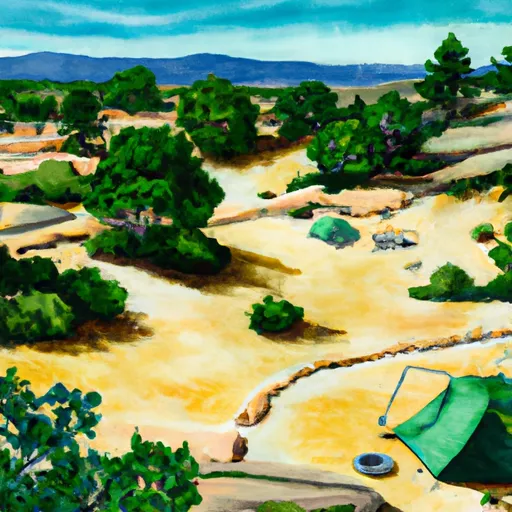 Moosehorn
Moosehorn
|
||
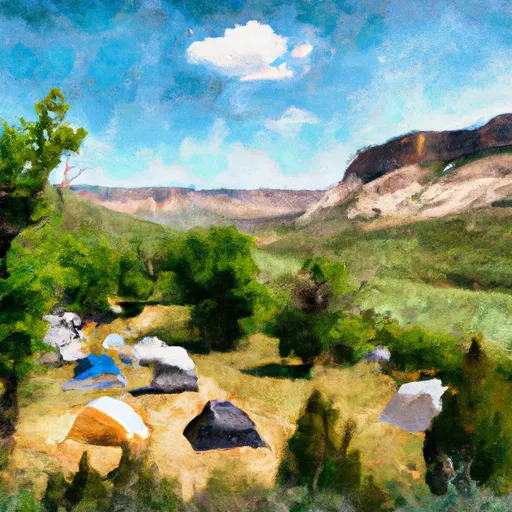 Moosehorn Campground
Moosehorn Campground
|
||
 Mirror Lake Campground
Mirror Lake Campground
|
||
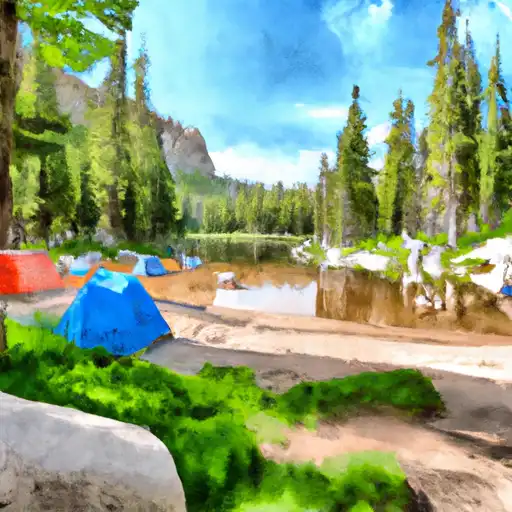 Mirror Lake
Mirror Lake
|
||
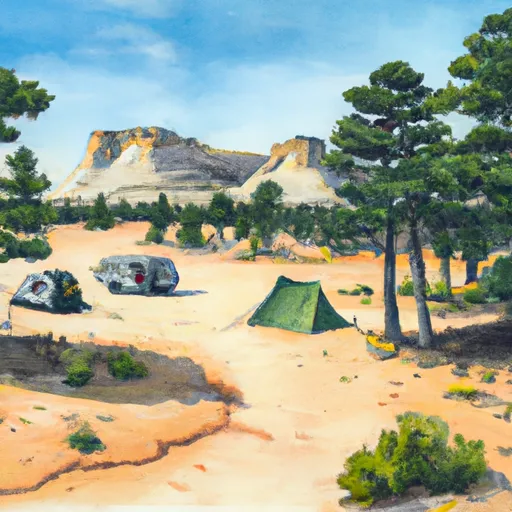 Timber Wolf
Timber Wolf
|
||
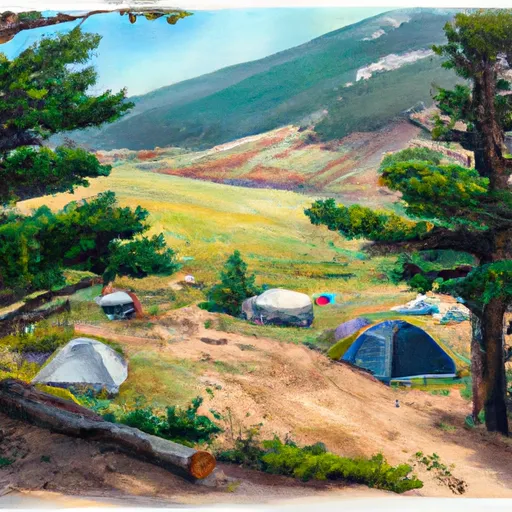 Elk Meadows
Elk Meadows
|

 Fehr Lake
Fehr Lake
 Castle Lake
Castle Lake
 Butterfly Lake
Butterfly Lake
 Lofty Lake
Lofty Lake
 Lilly Lake
Lilly Lake
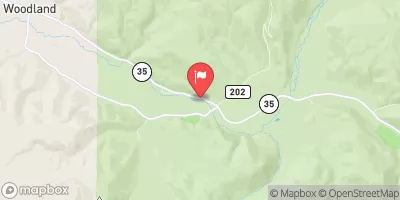
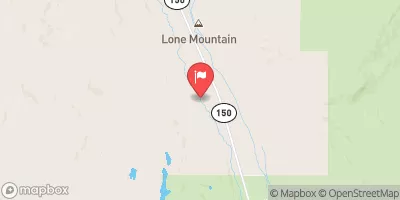
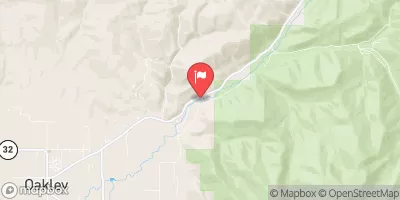

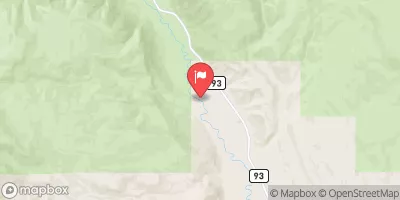
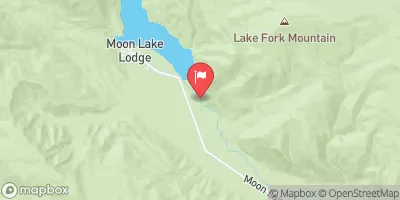
 Cliff Lake (Summit)
Cliff Lake (Summit)